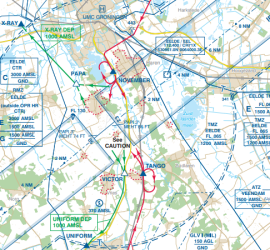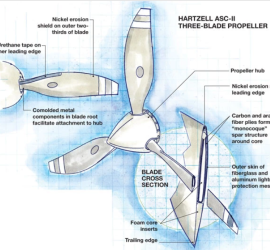Flight Preparation EUROPE
Referencing the EASA Annex VII ‘PART-NCO’ and the ICAO annexes:
EASA NCO.OP.135 Flight preparation
(a) Before commencing a flight, the pilot-in-command shall ascertain by every reasonable means available that the ground and/or water facilities including communication facilities and navigation aids available and directly required on such flight, for the safe operation of the aircraft, are adequate for the type of operation under which the flight is to be conducted.
(b) Before commencing a flight, the pilot‐in‐command shall be familiar with all available meteorological information appropriate to the intended flight. Preparation for a flight away from the vicinity of the place of departure, and for every flight under IFR, shall include:
- a study of available current weather reports and forecasts; and
- the planning of an alternative course of action to provide for the eventuality that the flight cannot be completed as planned, because of weather conditions.
ICAO Safety Air Navigation
The pilot-in-command has the final responsibility to make sure that flight preparation is complete and conforms to all requirements, and is required to certify flight preparation forms when satisfied that the aircraft is airworthy, and that other criteria are met in respect to instruments, maintenance, mass and load distribution (and the securing of the loads), and operating limitations of the aircraft.
Flight Preparation AMERICA
Referencing the AIM Air ‐ Traffic Procedures ‐ Preflight
Prior to every flight, pilots should gather all information vital to the nature of the flight, assess whether the flight would be safe, and then file a flight plan. Pilots are encouraged to use automated resources and review Advisory Circular AC 91-92, Pilot’s Guide to a Preflight Briefing, for more information…



